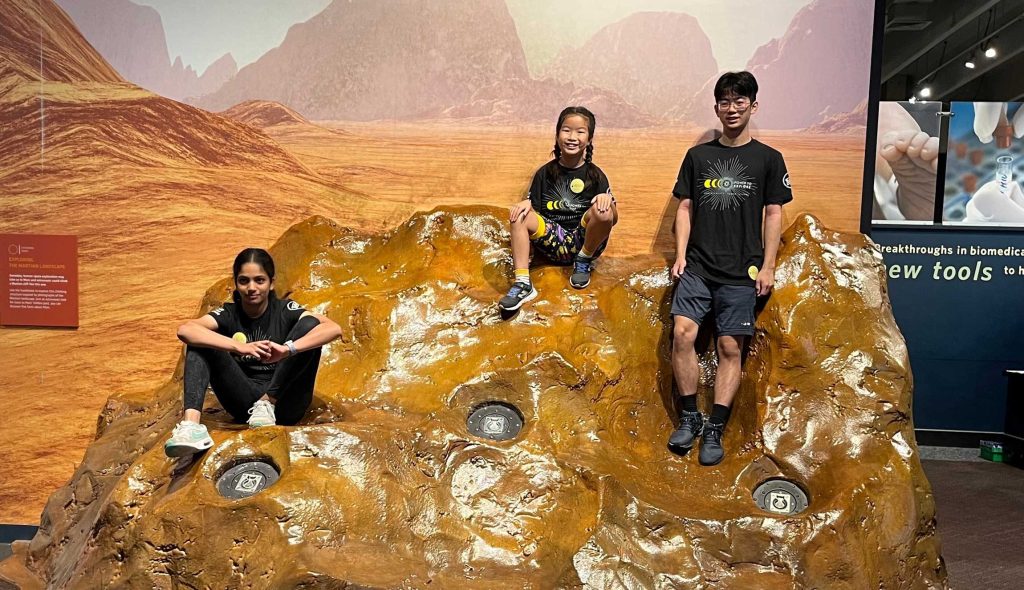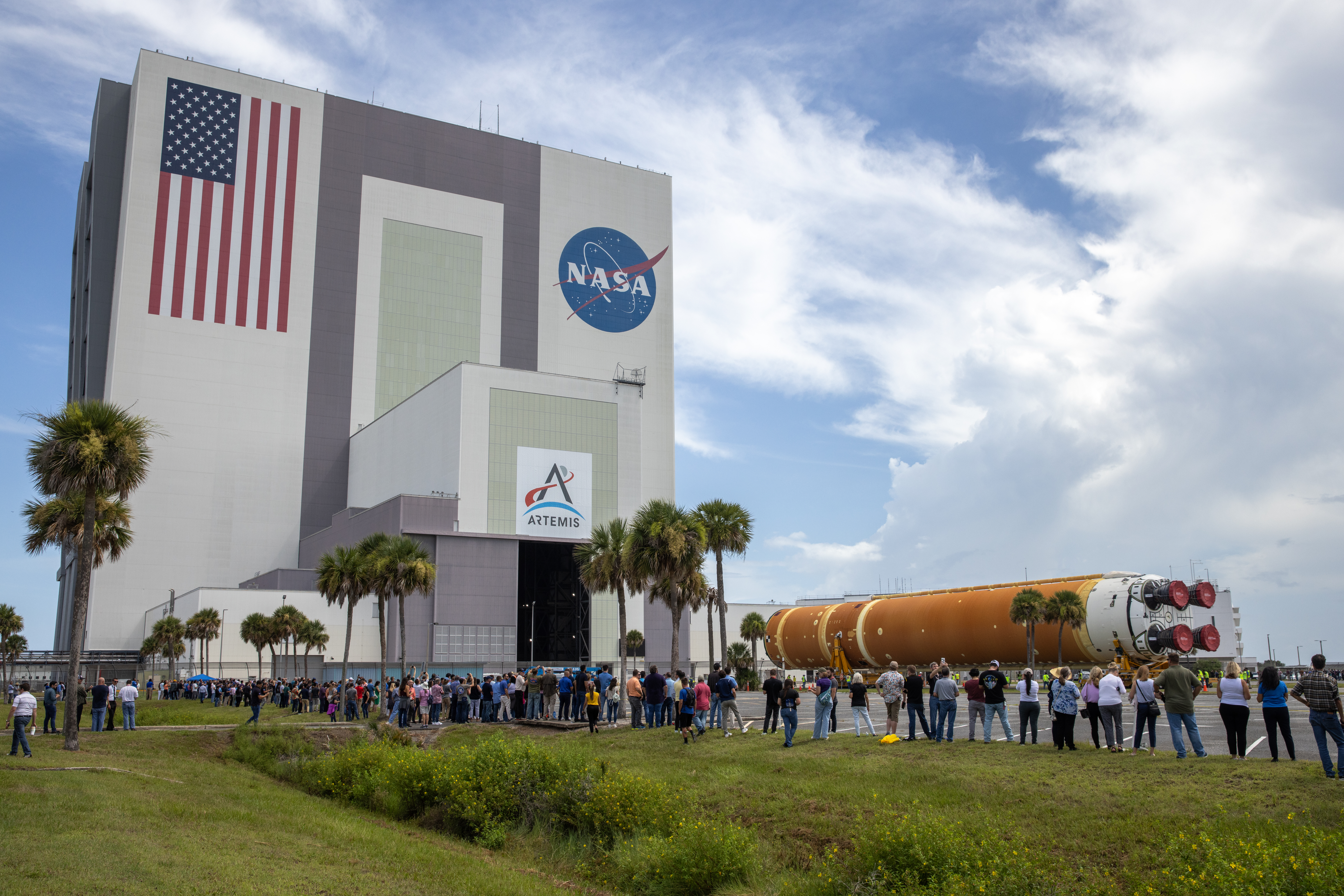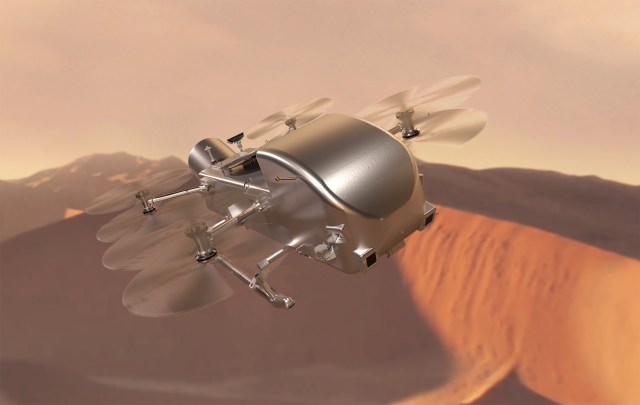A NASA-based team built a new tool to examine the risk of landslides. They developed a machine learning model that combines data on ground slope, soil moisture, snow, geological conditions, distance to faults, and the latest near real-time precipitation data from NASA’s IMERG product (part of the GPM mission). The model has been trained on a database of historical landslides and the conditions surrounding them, allowing it to recognize patterns that indicate a landslide is likely.
Related Posts

Perseverance Pays Off for Student Challenge Winners
Radioisotope Power Systems RPS Home About About RPS About the Program About Plutonium-238 Safety and Reliability For Mission Planners Contact…

Artemis II Core Stage Arrives at Kennedy
Teams transport NASA’s SLS (Space Launch System) core stage into the Vehicle Assembly Building at the agency’s Kennedy Space Center…

NASA’s Dragonfly Rotorcraft Mission to Saturn’s Moon Titan Confirmed
Dragonfly is being designed and built under the direction of the Johns Hopkins Applied Physics Laboratory (APL) in Laurel, Maryland,…
